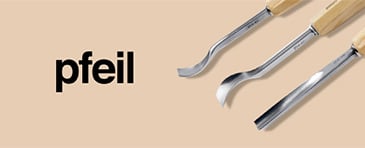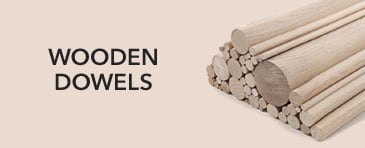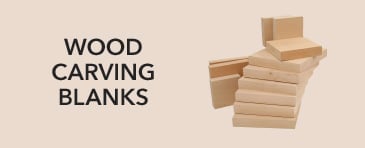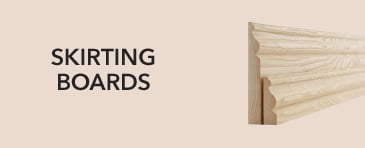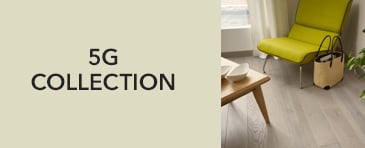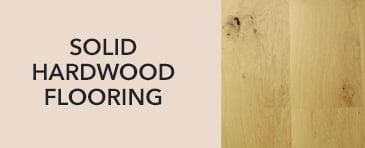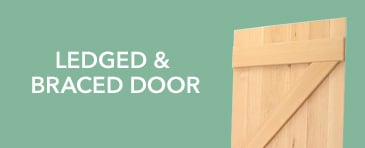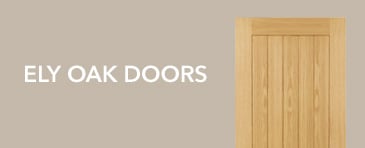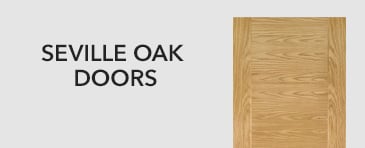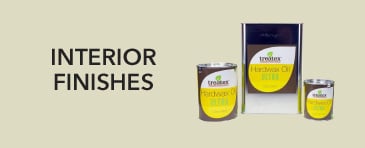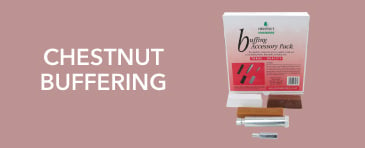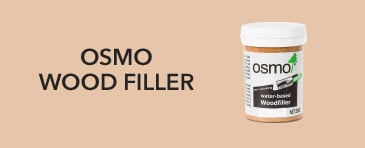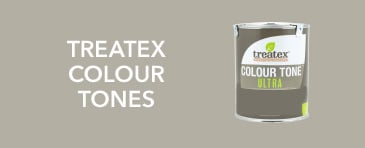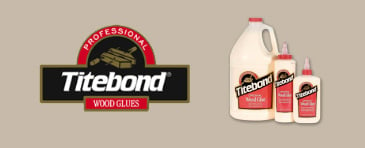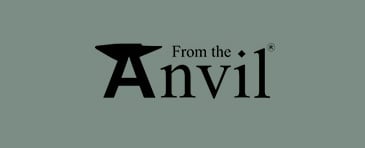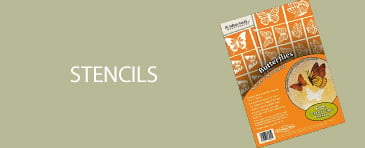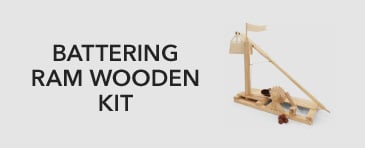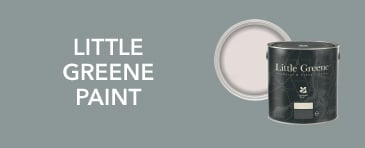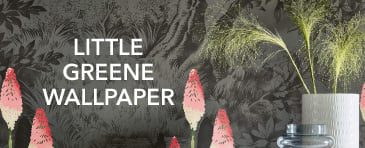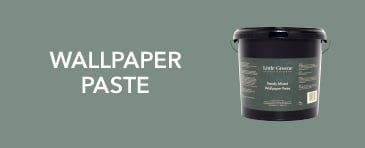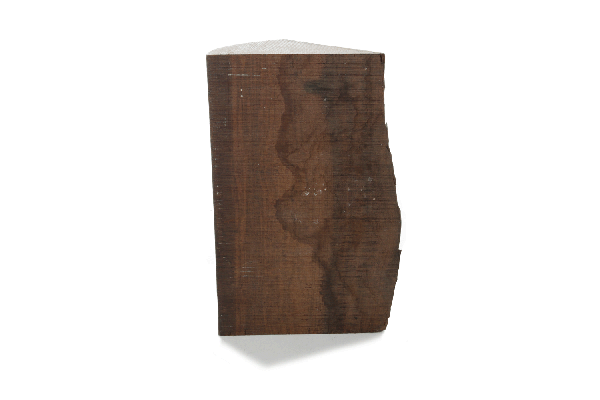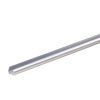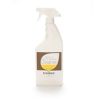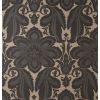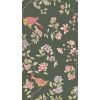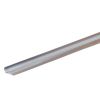Snakewood 255mm x 140mm
Snakewood 255mm x 140mm
Approximate dimensions:
Height - 255mm
Longest length - 140mm
Snakewood stands out as one of the most aesthetically unique exotic woods in the world. It is muted light yellow-, orange- or red-tinted brown underlying base colour is covered by tight, uniform patterns of darker brown or black patches which give the appearance of snakeskin. The grain is straight grained with a fine texture. The wood is extremely dense, so much so that it can be brittle and splinter, or even shatter, when re-sawn; cutting edges should be at their sharpest whenever working with Snakewood. Despite this difficult working property, it does turn and finish quite well — taking a high polish and displaying an impressive natural lustre. In addition to its colourful figure, Snakewood is also among the densest and hardest of all wood species worldwide. Among woodworkers, it vies with Lignum Vitae as the heaviest wood in the world.
End grain – Diffuse-porous; solitary and radial multiples; medium to large pores in no specific arrangement, few; tyloses mineral/gum deposits common; parenchyma winged and confluent; narrow rays, normal spacing.
Rot resilience – Snakewood is reported to be very durable and resistant to insect attack, though it is seldom used in exterior applications where durability would be an issue.
Odour – Has a mild scent when being worked that is like Bloodwood.
Allergies/Toxicity – Although severe reactions are quite uncommon, Snakewood has been reported as a skin and respiratory irritant. See the articles Wood Allergies and Toxicity and Wood Dust Safety for more information.
Common uses – Inlay, veneer, violin bows, tool handles, and other small turned or specialty objects.
Botanical name – Brosimum Guianense
Other names – Amourette and Letter wood
Main colour group – Variegated
Grain pattern – Figured
Workability – Challenging
Avg dry weight – lb/ft3 76
Avg dry weight – kg/m3 1210
Janka hardness – lbf 3800
Janka hardness – Newtons 16900
Most UK deliveries are shipped within 1 working day providing the order is placed before 12pm but can take up to 4 working days to be delivered.
All Machined To Order Products Have A Lead Time Of 10 - 14 Working Days From Order, These Items Will Be Dispatched On A Next Day Courier.
For More Delivery Information Click Here
For Returns Information Click Here

